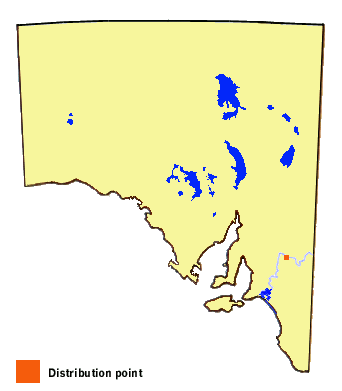Yellow Albatross
Appias paulina ega (Boisduval)
Interesting Aspects
This is another migrant butterfly that occasionally ventures south from the hot tropics into temperate areas.
The species has angulate forewings, although they are the weakest developed for the five Appias species to be found in Australia. The sexes are strongly dimorphic, with the male being mostly white but with conspicuous yellow hindwings on the underside, while the female has broad dark brown to black margins to the wings. The male is very similar to the common Cabbage White (Pieris rapae). The former is distinguished by its more rapid flight (that is usually higher off the ground), the more intense yellow colour of the hindwing underside, the apex of the forewing is more angulate, and the forewing black spots are positioned more apically.
 Museums Victoria.jpg)
 Museums Victoria.jpg)
Photography © Museums Victoria Australia

 Museums Victoria.jpg)
 Ross Field.jpg)